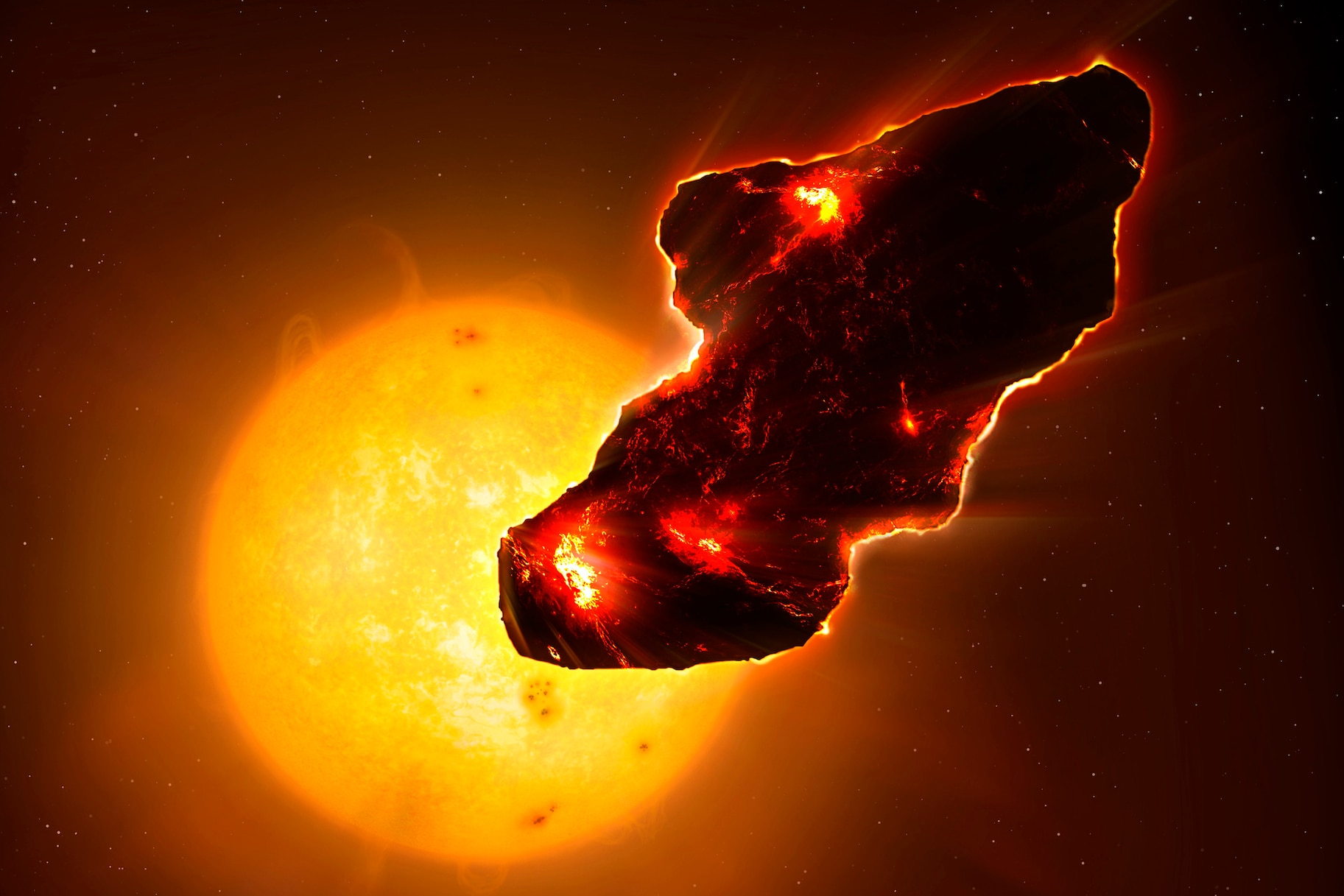Create a free profile to get unlimited access to exclusive videos, sweepstakes, and more!
New alien minerals found inside 15-ton fallen asteroid
This is technically meteorite mining. Technically.

The 2012 pre-apocalyptic film Seeking a Friend for the End of the World takes viewers to our world three weeks before the end of days. A massive planet-killing asteroid is on a collision course with the planet and humanity’s best attempt to stop it has failed. We meet Dodge (Steve Carell) and Penny (Kiera Knightley) as they attempt to make the most of the last three weeks of their lives. It’s a story without a traditional happy ending, but one which demonstrates that sometimes the most impossible challenges are what show us what we’re really made of.
Turnabout’s fair play, and if the universe wants to test our mettle, it’s only right that we should do the same to any space rock with the audacity to land in our neck of the woods. Recently, scientists had precisely that opportunity when examining a piece of the El Ali meteorite from Somalia. El Ali has been known to the local peoples for generations and has even made its way into their folklore and songs. Then, in 2020, a company prospecting for opals in the area stumbled upon the rock and brought it to the attention of scientists, including Chris Herd, a professor in the Department of Earth & Atmospheric Sciences at the University of Alberta, and curator of their meteorite collection. Herd’s findings were presented at the Space Exploration Symposium.
A small piece of the meteorite weighing roughly 70 grams was sent to scientists for analysis. Herd and colleagues were working to describe the composition of the meteorite and classify it when they noticed some unusual mineral inclusions in the rock. That sparked an investigation which has revealed several new minerals so far.
“I was doing a first pass analysis with the scanning electron microscope, working to classify the meteorite and describe it and I couldn’t match [the minerals] up with anything that was known at the time. That’s when Andrew Locock came in with the electron microprobe, which gets a very specific analysis of the minerals. The very first day he told me there were at least two new minerals,” Herd told SYFY WIRE.
RELATED: Meteorite bears the imprint of a supernova from before the solar system was born
Continued analysis revealed the presence of two new minerals which had previously been synthesized in a laboratory setting but never before observed in nature. Because we understand the sorts of the conditions needed for synthesizing these minerals, scientists are able to make some inferences about the sorts of conditions under which the meteorite formed.
“They were synthesized initially by mixing different proportions of iron, phosphorus, and oxygen. That’s essentially what’s going on in nature, as well. Of course, in nature you have other things around too,” Herd said.
According to Herd, most iron meteorites are composed largely of iron in its two-plus form – a reference to how oxidized the iron is. The El Ali meteorite is a little different. It has a little bit of three-plus iron mixed in which adds a little extra oxygen to the mix and produces some uncommon minerals.
“In some ways what’s happening is there’s this big chunk of metal and as it solidifies, the stuff that doesn’t dissolve into the metal, ends up in these submillimeter inclusions. There’s enough oxygen, at least for a little bit, to produce these minerals,” Herd said.
As the meteorite cooled and the heat from its previously molten state radiated out into empty space, those inclusions cooled and crystallized, forming minerals we’ve never seen on Earth, outside of a lab. Even though they’ve been synthesized in the lab before, scientists don’t give a mineral a name until it is discovered in nature. After confirming that the novel minerals found inside the El Ali meteorite did, in fact, match synthetic compounds first created in the ‘80s, researchers were able to apply for a name.
The first mineral described in Herd’s presentation is called elaliite, named for the meteorite in which it was found. The second is called elkinstantonite, named for vice president of the ASU Interplanetary Initiative and Arizona State University astronomy professor Lindy Elkins-Tanton.
“There’s a third new mineral, as well, called Olsenite. It’s a potassium iron phosphate… it’s probably the last thing that was formed out of this entire system,” Herd said.
It’s unclear what, if any, practical applications these minerals might have. We have known about them, in their synthetic form, for several decades and materials scientists have yet to find any good use for them, but Herd remains cautiously optimistic. “Maybe their day just hasn’t come yet,” he said.
While we’re waiting, entertain yourself with another impact story in Asteroid vs. Earth, now streaming on Peacock.




























